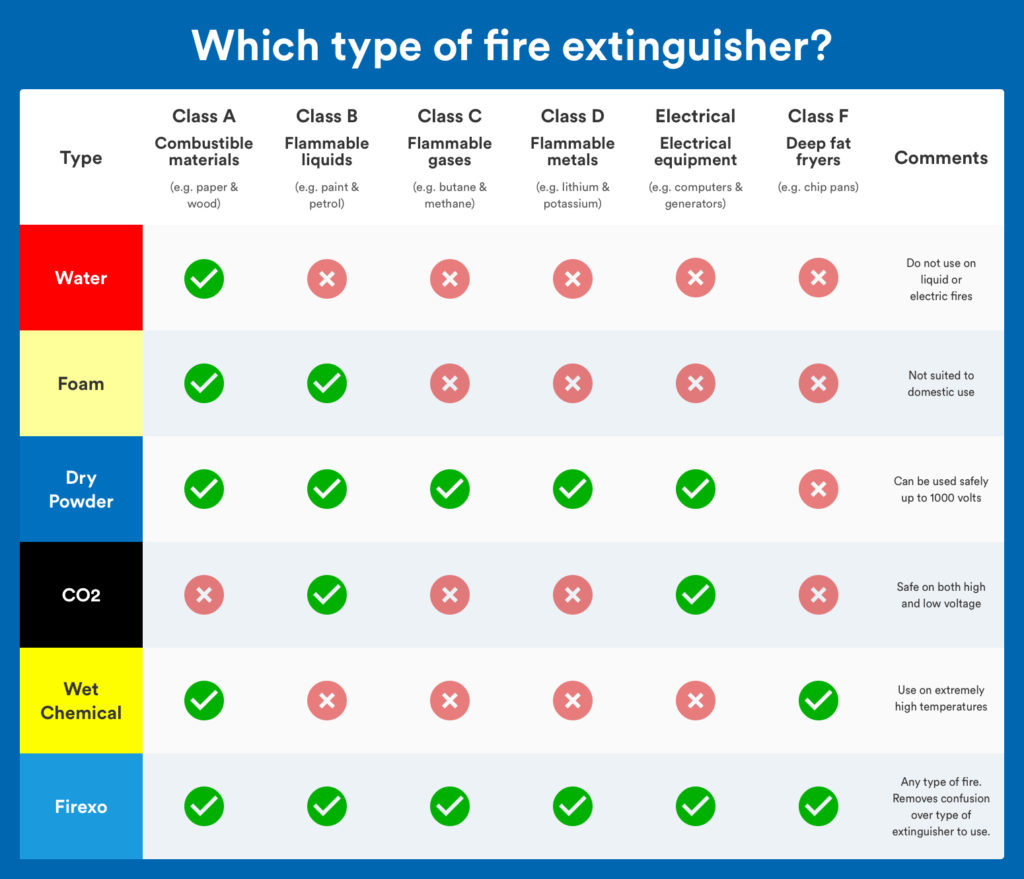Imagine there is a fire and an employee reaches for a fire extinguisher to dampen a fire in order to help them exit a building and it fails to discharge. The consequences could be catastrophic. Not only could this lead to casualties and fatalities, the resulting fire investigation will undoubtedly uncover these failings and seek to prosecute those responsible.
If you are a building owner, occupier, or an individual with responsibility or fire safety such as a fire warden or responsible individual this could be you and you could be facing a fine or prison sentence.
So, if these consequences of poor fire maintenance are not reason enough to ensure that the fire extinguishers in your building are regularly maintained, other compelling reasons include failing to meet fire safety regulations. If a fire inspector visits and your premises and finds your fire extinguishers have not been regularly maintained you will still incur a severe penalty.
Scare tactics over, what are your legal obligations and what should a fire extinguisher maintenance include?
The recommendation is that all fire extinguishers should be inspected on a monthly basis and documented in a log book. This inspection can be done by the responsible individual who should check the following aspects to ensure that fire extinguishers are maintained effectively:
Furthermore, the fire extinguisher should be inspected and certified annually by a BAFE Approved fire protection equipment company like Tecserv UK.
Additionally, every five years most fire extinguishers need an extended service. This means completely discharging the extinguisher, checking for internal corrosion, refilling and repressurising.

If you have any doubts about choosing the fire extinguisher that is appropriate for the fire risk in a particular location, please read our advice articles “What type of fire extinguisher should be used.” and different classes of fire.
To provide our clients with additional peace of mind, Tecserv UK offers a range of fire extinguisher service agreements.
If you would like to learn more about ensuring your fire alarm system and equipment is well maintained or have questions related to the role of the ‘Responsible Individual’ please complete the enquiry form below.

Steve has worked in the Fire and Security industry for over 15 years in a variety of roles; beginning as a service engineer and progressing through to managerial positions. He has an extensive knowledge of different alarm systems and is very customer focused.